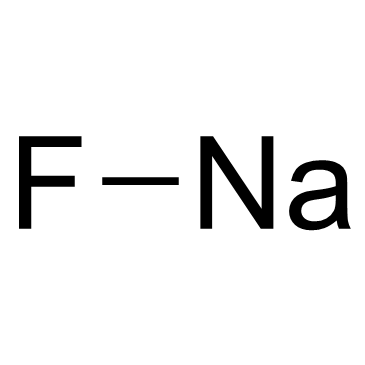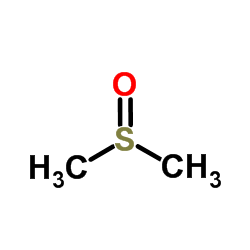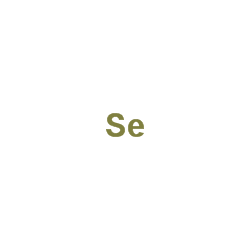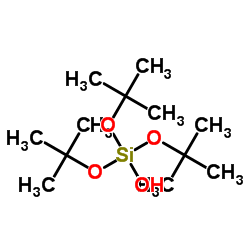| Structure | Name/CAS No. | Articles |
|---|---|---|
 |
Sodium Fluoride
CAS:7681-49-4 |
|
 |
Dimethyl sulfoxide
CAS:67-68-5 |
|
 |
Selenium
CAS:7782-49-2 |
|
 |
PMSF
CAS:329-98-6 |
|
 |
3-Methyladenine
CAS:5142-23-4 |
|
 |
Tris(2-methyl-2-propanyl) hydrogen orthosilicate
CAS:18166-43-3 |
|
 |
8-Octanoyloxypyrene-1,3,6-trisulfonic acid trisodium salt
CAS:115787-84-3 |